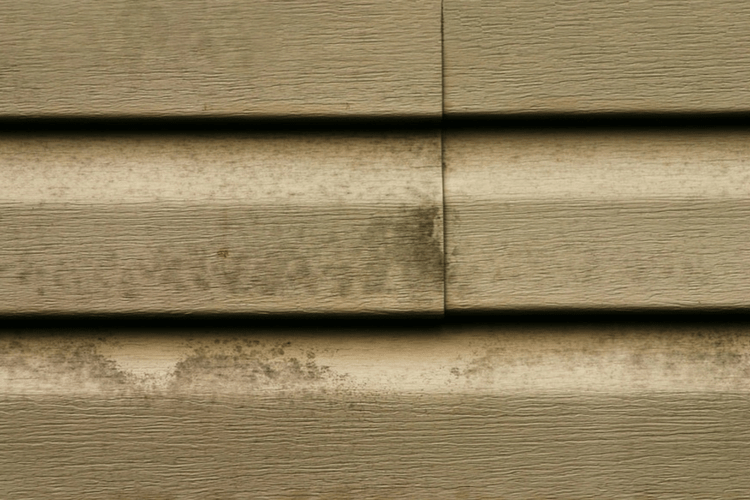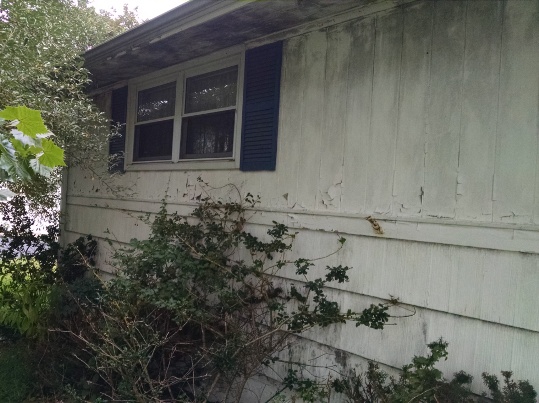To prevent this from becoming a problem be sure to keep an eye on the siding around your dryer vent in order to ensure that an excess amount of moisture is not accumulating.
Why is mildew bad for oyur siding.
If it is insufficient you will increase the likelihood of mildew growing.
Stains the same color as your sidingare typically caused by water streaming down siding due to damaged or misaligned gutters.
Another cause of moldy siding can be from the material it s made from.
This moisture can cause mildew to form.
Houses today use different siding materials including vinyl wood aluminum brick and stucco.
Another reason someone might find mildew and mold on vinyl siding is that there s moisture somewhere on or beneath the surface.
To prevent mildew formation on your exterior siding it is very critical to have good insulation in your home.
Those with allergies or asthma often find that their symptoms have grown worse since the mold has developed.
A common sign of nature s effects on your siding is the development of mold or mildew.
If you do notice signs of mildew growth.
This is because the north side of any building gets the least amount of sunlight therefore making it an easier target for mold to form.
These leaks can get behind your siding and eventually cause mildew or mold.
Mold growth can also cause other uncomfortable symptoms such as irritability lethargy difficulty breathing or sleeping and rashes.
Check your duct venting to determine that there is no moisture accumulating on your siding above the place where your dryer vent exhausts.
There are several other reasons why mold growing under your siding can become a problem.
Siding is your home s first line of defense against the elements.
Mold and mildew can stain your siding cause wood to rot and impact allergies or make occupants sick.
Often moisture from your clothes dryer exhaust hose will produce steam that can cause mildew to form.
Vines on the house various kinds of ivy and other vines may enhance the look of your house but they can be bad for the siding.
Vines latch onto surface sometimes causing cracks that allow moisture to penetrate the siding.
It could be that rainwater got trapped behind the siding or even within the material.
Your duct venting can cause concentrated areas of moisture that can lead to mildew growth on your siding.
Tip 6 home insulation.
When you remove the mold and mildew from your siding you protect your home s market value and your family inside.
Taking preventative measures will reduce the risk of mold and mildew growth.
Mold likes dark and damp places.
Mold grows best in a shady moist environment so certain elements surrounding your siding can attribute to mold growth.
Naturally the elements take a toll.
This may or may not mean you have excess moisture leading to mildew.
Rust colored stainsare usually a sign that nails in the siding are rusting.
First and foremost it is important to keep in mind that mildew and algae feed on sap dust sugar and other debris attached to siding.















































